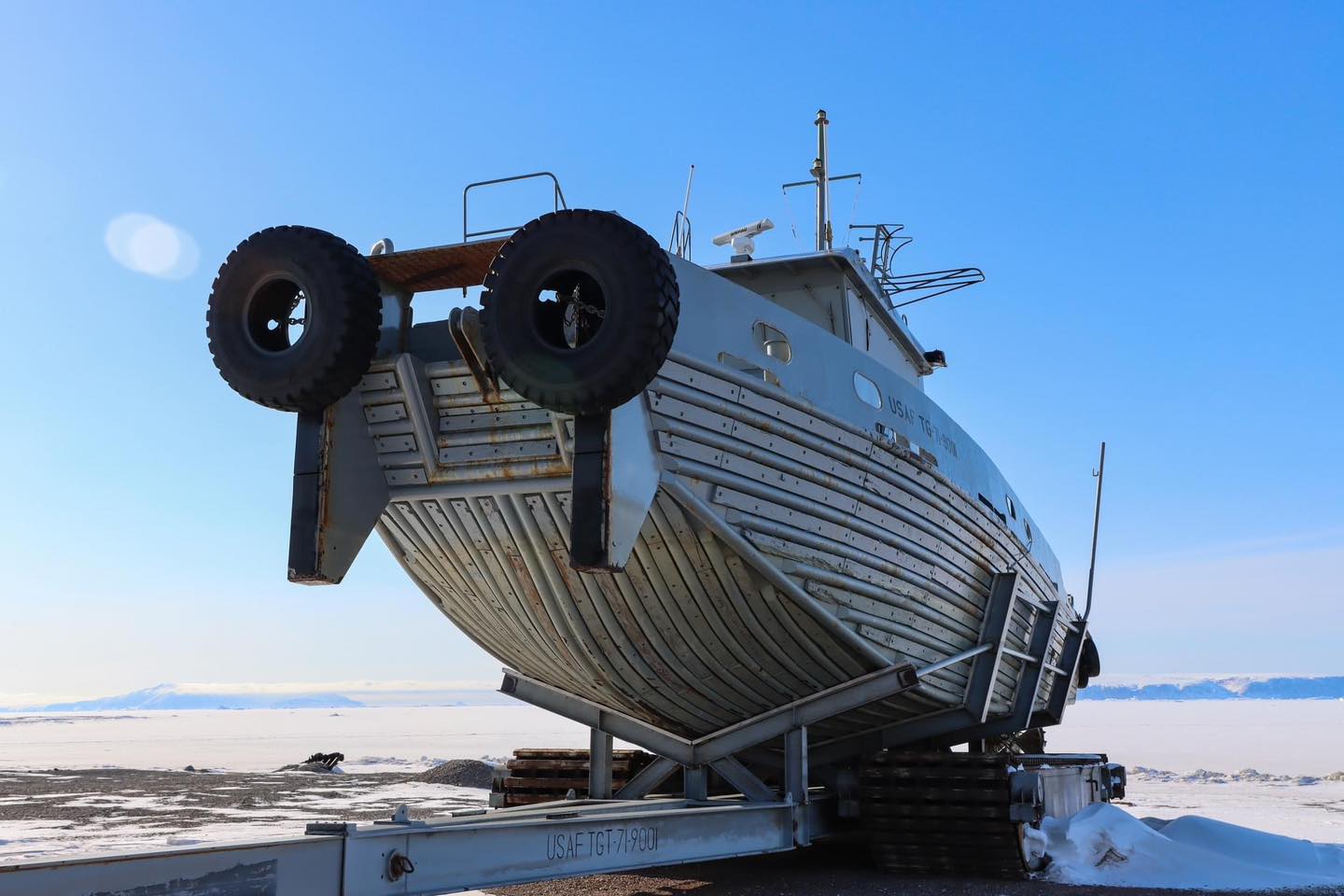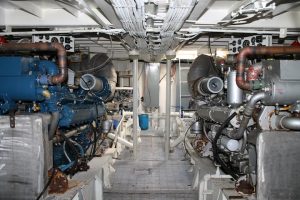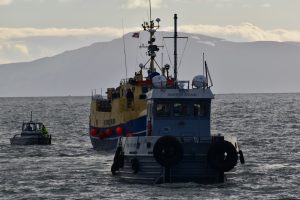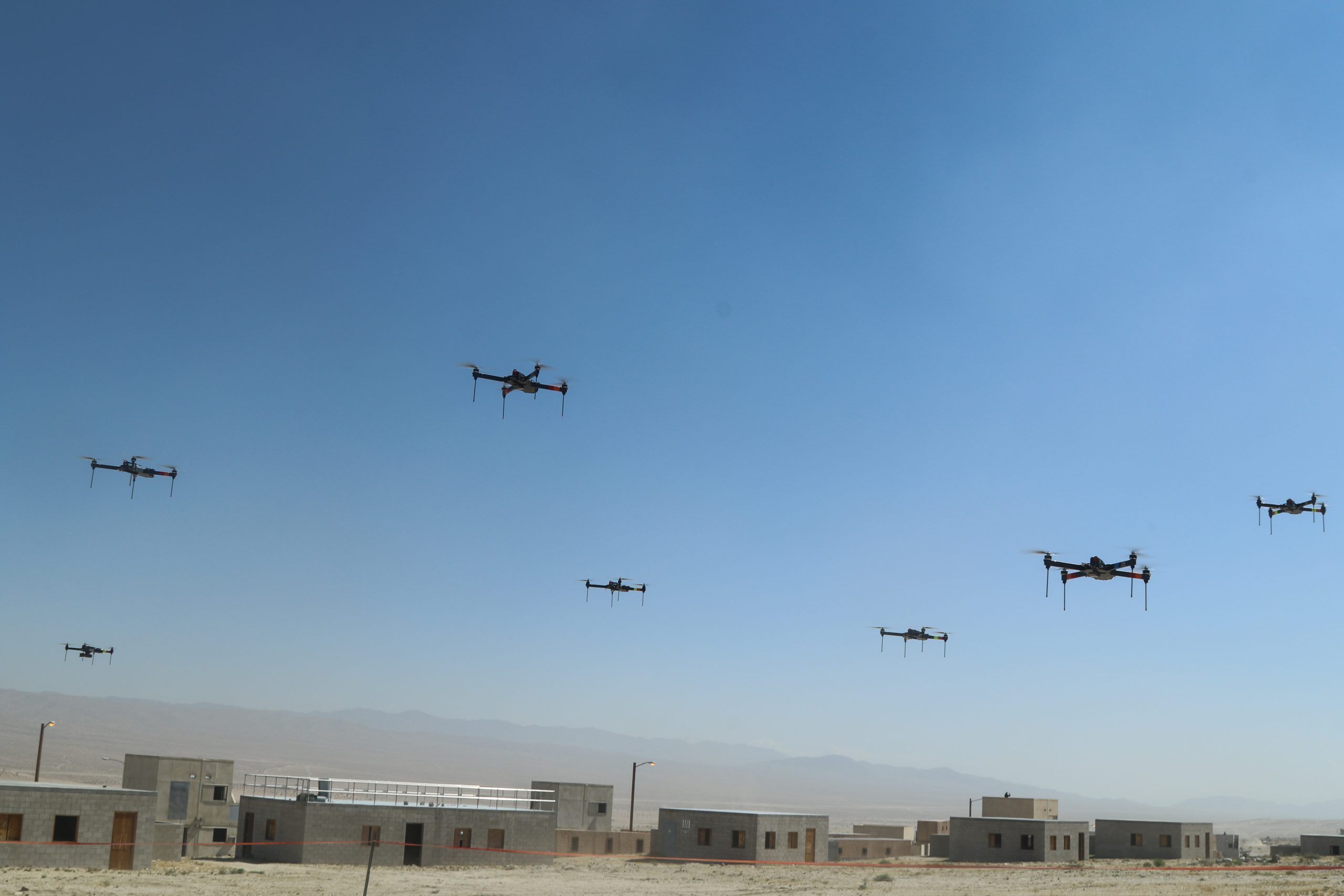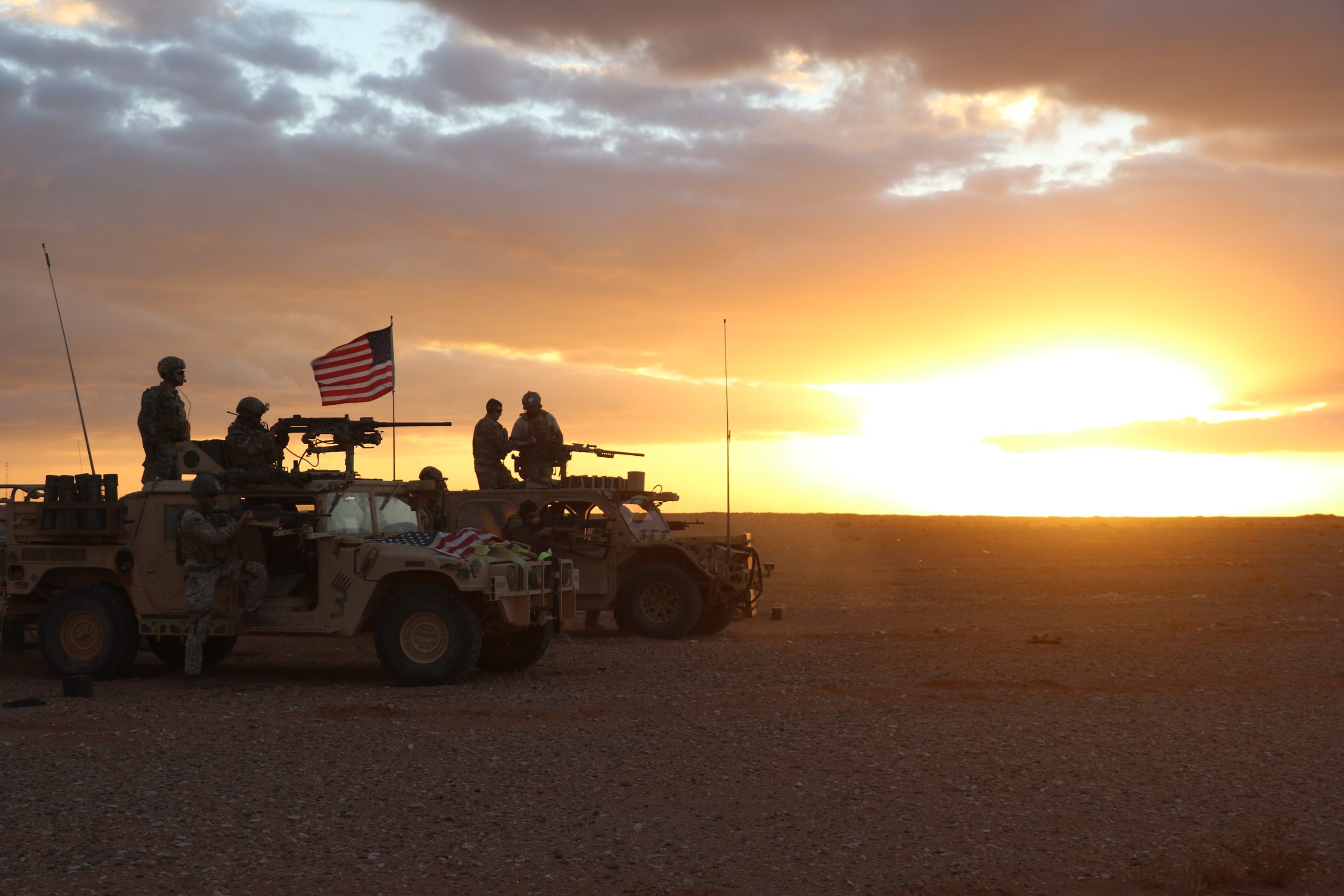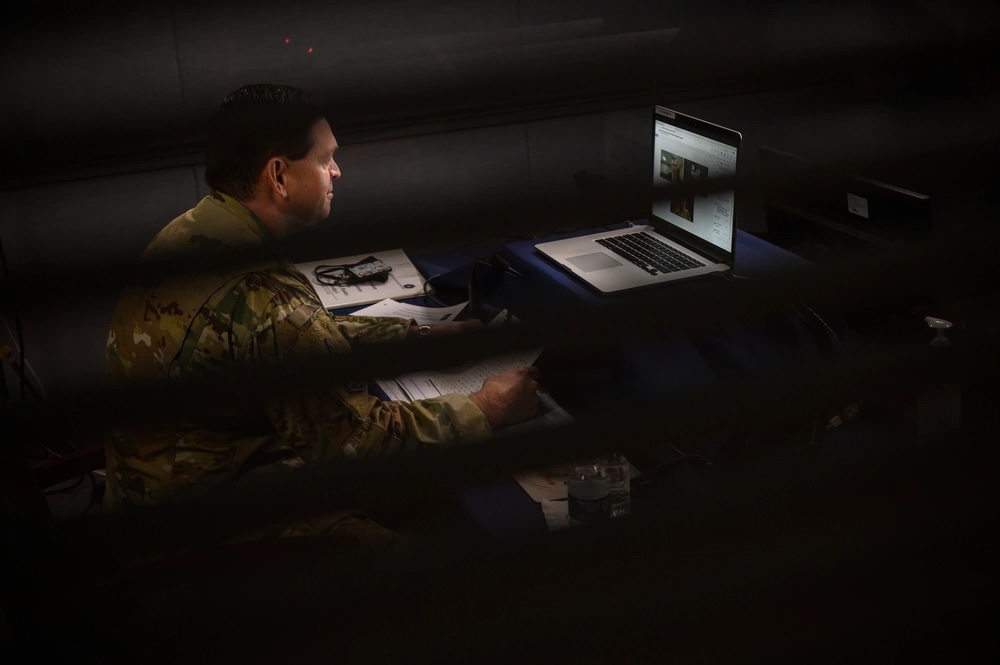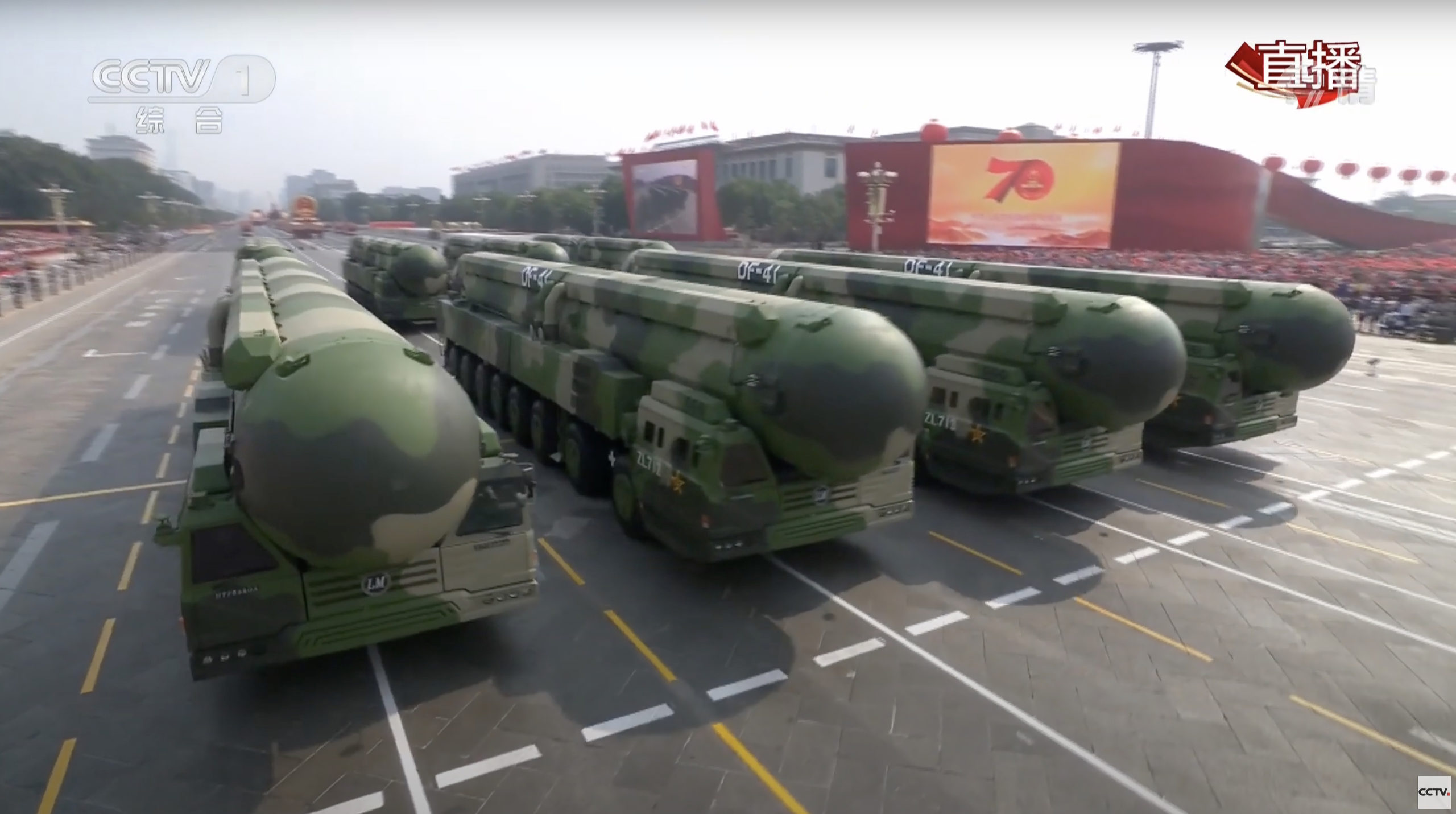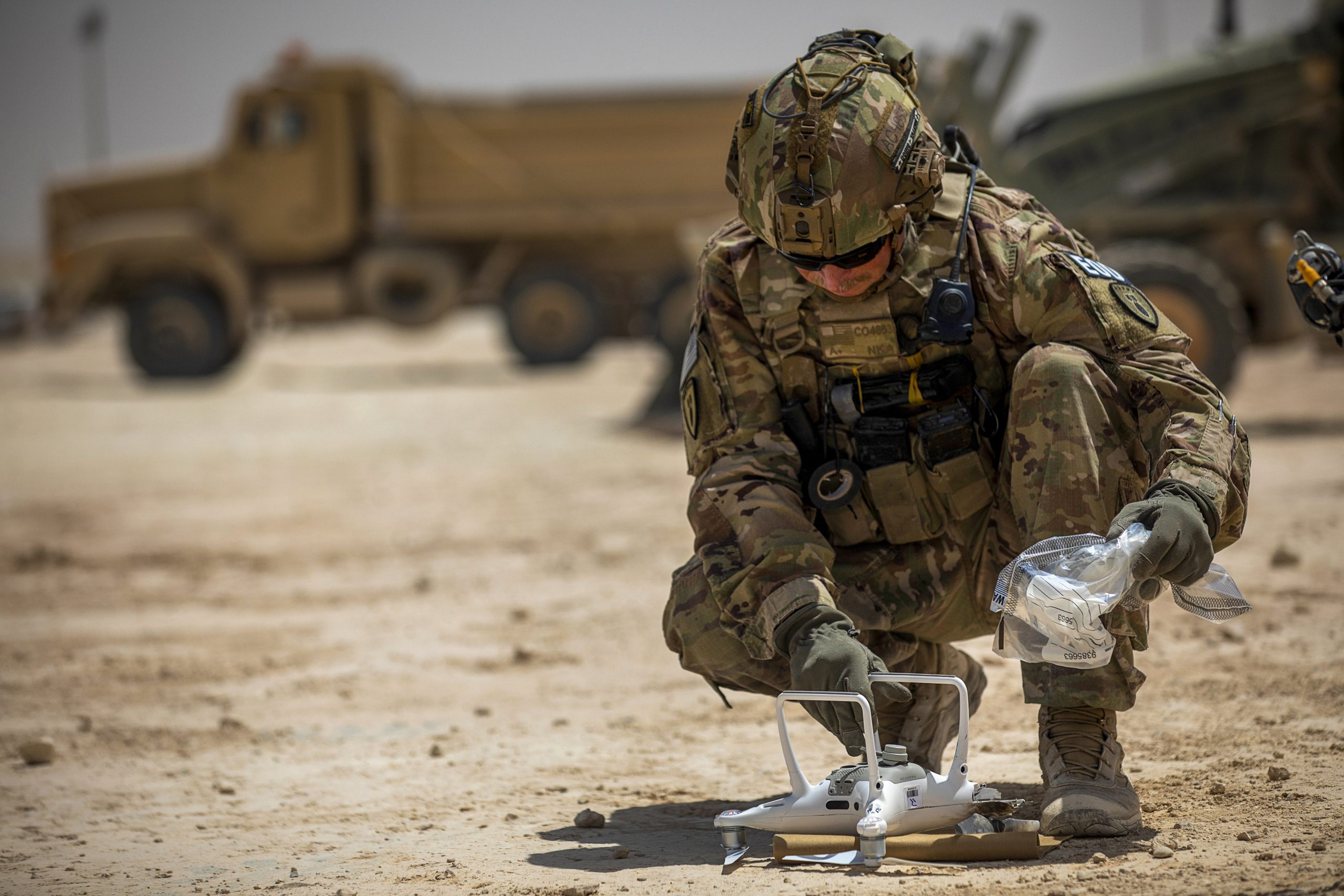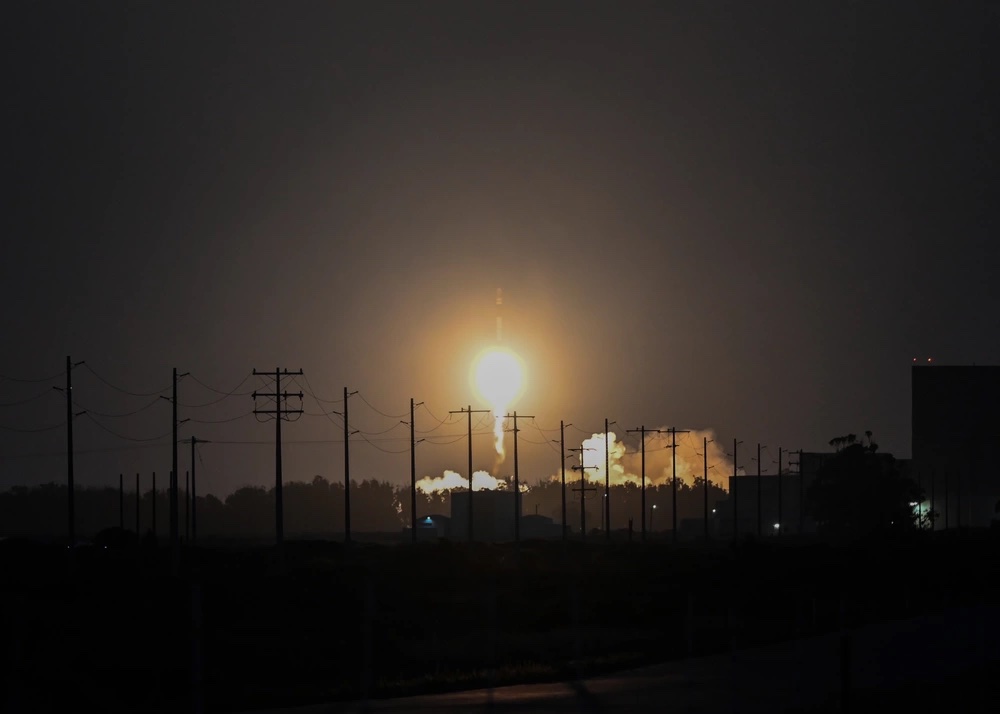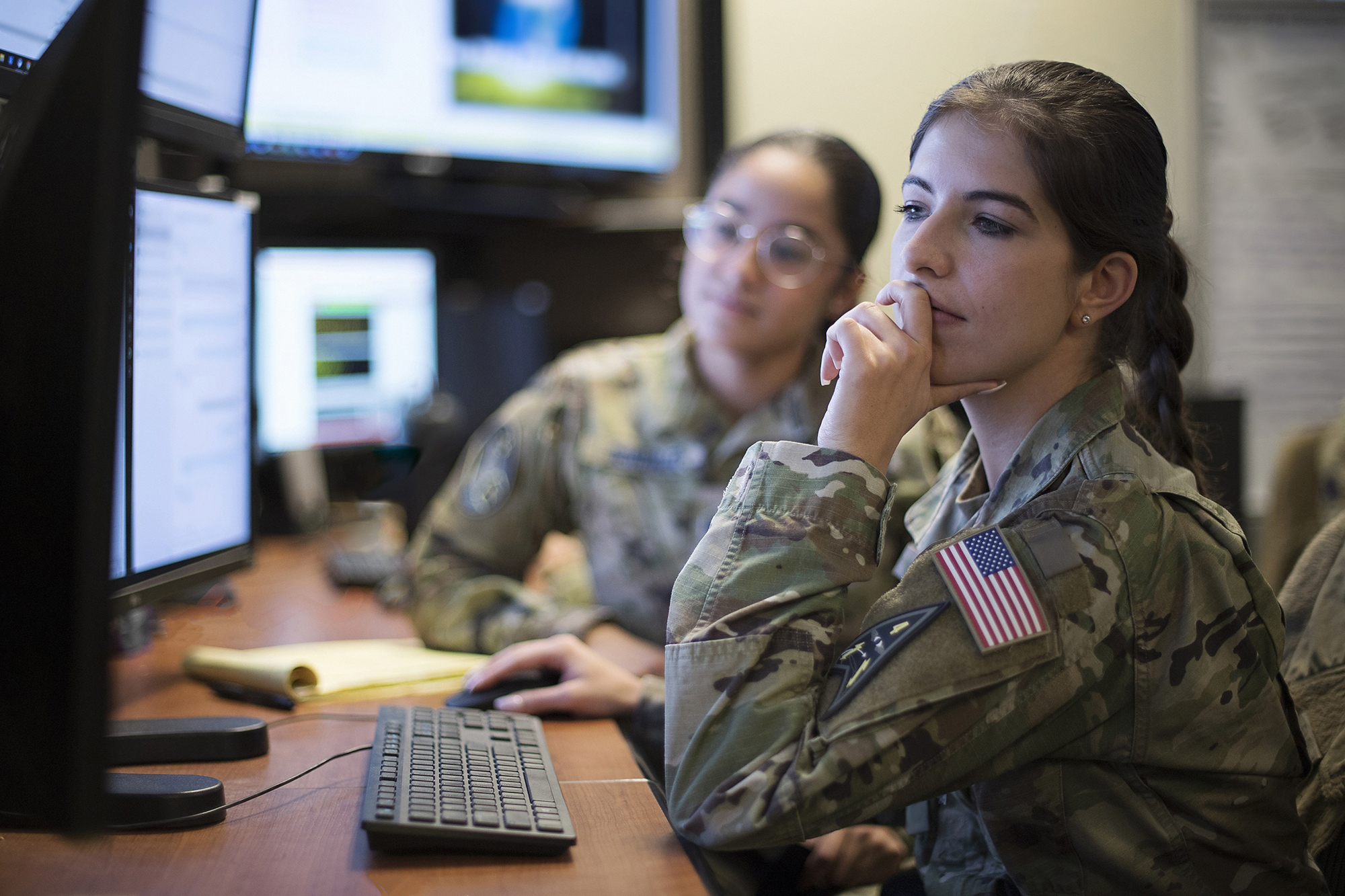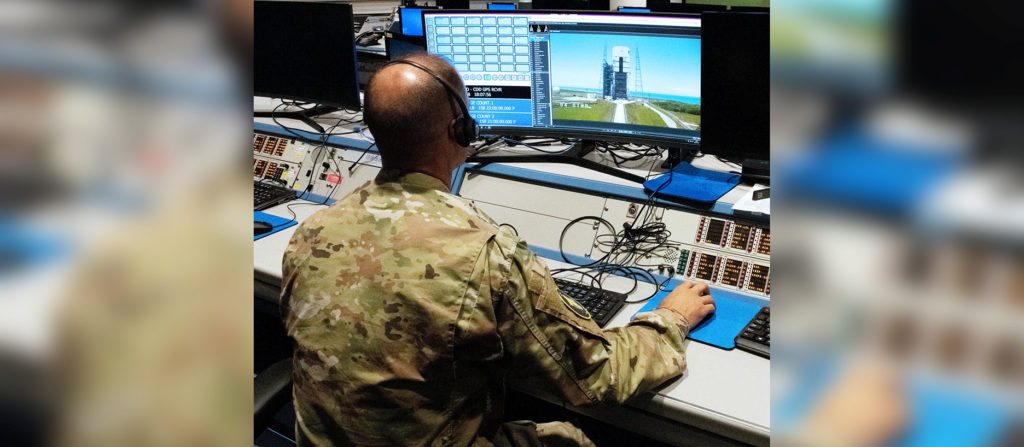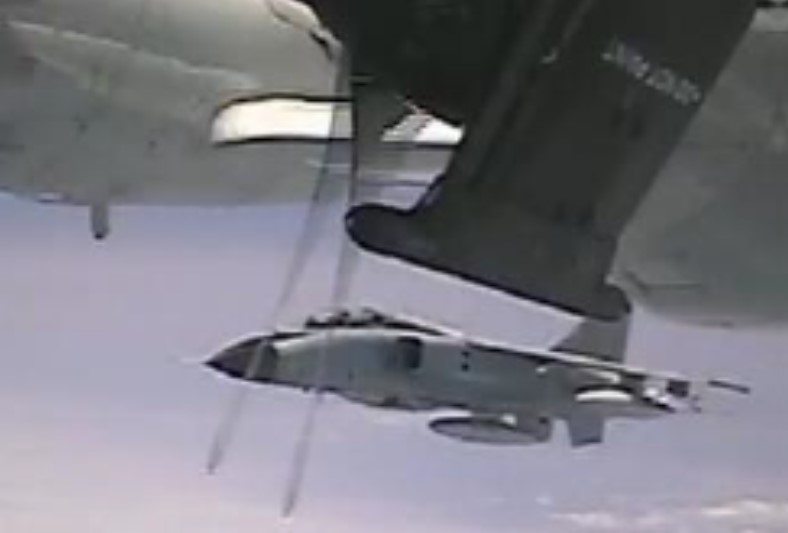The Department of the Air Force typically deals more with the ‘wild blue yonder’ than the deep blue sea, but it has a small fleet of maritime vessels for patrolling base waters, recovering target drones— and in one case, guiding vital supply ships to the U.S. military’s northernmost base.
Indeed, life at Pituffik Space Base, located 750 miles north of the Arctic Circle, would be much more difficult without Rising Star, a 71-foot tugboat that escorts fuel tankers and cargo ships, aligns them with the pier, and moves icebergs out of the way as the vessels enter North Star Bay on Greenland’s northwest coast.
Built in Morgan City, La., Rising Star entered service at Pituffik in 1992, becoming the latest in a long line of tugboats that have helped resupply the installation ever since it was first completed as Thule Air Base in 1953. The tugboat has two Detroit diesel two-stroke V-16 engines with 900 horsepower each. The engines are put to good use during the warm season from May to September, and especially during Operation Pacer Goose, the large resupply mission that usually happens from July to August.
When the weather starts to turn cold again in September, Rising Star is pulled out of the water to prevent damage from ice buildup, the public affairs office for Peterson and Schriever Space Force Base, which oversees Pituffik, told Air & Space Forces Magazine.
“The Rising Star is a vital lifeline for Pituffik, allowing for essential resupply which allow our Guardians and Airmen to carry out the mission of Pituffik,” the public affairs office said.

Though the Air Force owns the boat, Rising Star is crewed by contractors—a captain and a deckhand.
“As fun as it is to tell visitors that we have the Air Force’s only tugboat, what really matters is that the Rising Star is operated by our outstanding contract partners to make our port safe for the vital cargo ships that re-supply us every year,” said Lt. Col. Michael Warren, deputy commander of the base. “The Rising Star is one more data point that points to the fact that life and operations on top of the world are only possible when the whole team—military, civilians and contractors—all tug together.”
In recent years, the boat has gone above and beyond its resupply mission. In 2020, the crew responded to a distress call from a leaking commercial boat about 50 kilometers south of the base. The weather was rough, with two-meter waves buffeting the vessels, but the tugboat managed to tow the powerless ship back to base, rescuing all six crew members on board.
Pituffik’s location at the “top of the world” makes it a strategic post for missile warning, missile defense, and space surveillance missions using a solid-state phased-array radar operated by the 12th Space Warning Squadron. The base also provides satellite command and control through its tracking station, one of seven stations around the world that form the Space Force’s Satellite Control Network. But even high-tech military space equipment sometimes needs a low-tech tugboat to keep ticking.
